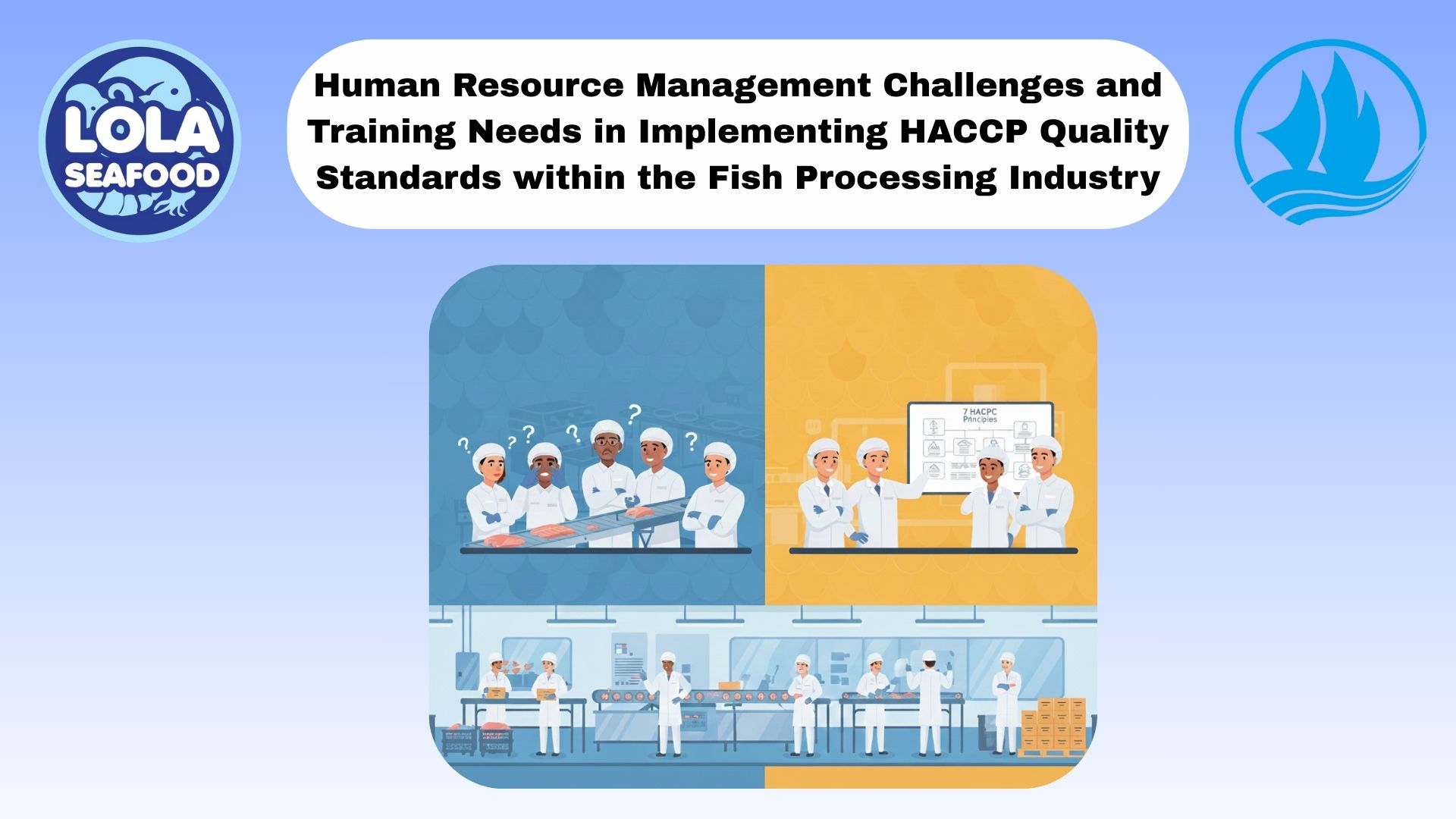Employee Health in Supporting the Creation of SSOP
By. Puji Widyastuti - 15 Sep 2025.jpg)
Kelolalaut.com In the food processing industry, ensuring the safety and quality of products is not just about equipment and technology—it also depends heavily on the people who work within the facility. One of the most important components of a successful food safety program is the development and implementation of Sanitation Standard Operating Procedures (SSOP). While SSOPs focus on cleaning and sanitation protocols, they also emphasize the critical role of employee health. Healthy employees are the frontline defense against contamination, making their well-being a cornerstone of any food safety management system.
SSOP are designed to maintain sanitary conditions in food production areas, preventing contamination from physical, chemical, and biological hazards. However, even the most sophisticated cleaning schedules and sanitizing agents cannot compensate for the risks posed by sick or injured employees. Workers who handle food while ill may unintentionally spread pathogens such as Salmonella, E. coli, or Listeria. In some cases, even minor infections or open wounds can contaminate food surfaces. This is why SSOP typically include clear policies on employee health, hygiene, and reporting requirements. A workforce that is healthy and aware of its responsibility significantly reduces the risk of foodborne illness outbreaks.
Key Elements of Employee Health in SSOP
1. Health Screening and Monitoring
Many facilities implement pre-shift health checks, asking employees to report symptoms such as fever, vomiting, diarrhea, or skin lesions. In high-risk environments, routine medical examinations may be conducted to ensure that staff are fit to work in food handling areas.
2. Clear Reporting Procedures
SSOP must include guidelines that encourage workers to report illness or injuries immediately. A supportive culture that avoids penalizing employees for calling in sick helps maintain safety and compliance.
3. Proper Hygiene Practices
Training employees on handwashing techniques, use of protective clothing, and avoidance of jewelry or personal items is crucial. SSOPs outline when and how these practices must be carried out—such as before starting work, after breaks, or after using the restroom.
4. Personal Protective Equipment (PPE)
Gloves, masks, hairnets, and aprons are often required to minimize contamination risks. SSOPs should define the proper use, cleaning, and replacement of PPE to ensure effectiveness.
5. Ongoing Education and Training
Healthy habits are reinforced through regular training sessions. Employees learn not only what to do, but also why these measures matter for consumer safety and company reputation.
Building a Culture of Health and Safety
Beyond written procedures, the success of employee health initiatives depends on fostering a culture that prioritizes well-being. Employers should provide easy access to first aid, maintain clean rest areas, and offer resources for mental and physical health. Open communication between management and staff encourages early reporting of issues, which protects both workers and consumers.
Employee health is not a secondary consideration—it is an integral part of SSOP and food safety as a whole. By monitoring health, encouraging transparency, and promoting hygiene practices, companies create a safer work environment and deliver higher-quality products to consumers. In the end, protecting employee health means protecting public health, strengthening trust in the brand, and ensuring regulatory compliance. A strong SSOP supported by a healthy workforce is one of the best investments any food business can make.
If youre interested in our Mahi-Mahi Fillet Skinless please do not hesitate to contact us through email and/or whatsapp

Optimizing Wild-Caught Fish Logistics: Maintaining Thermal Core Integrity During Long-Haul Transport
.jpg)
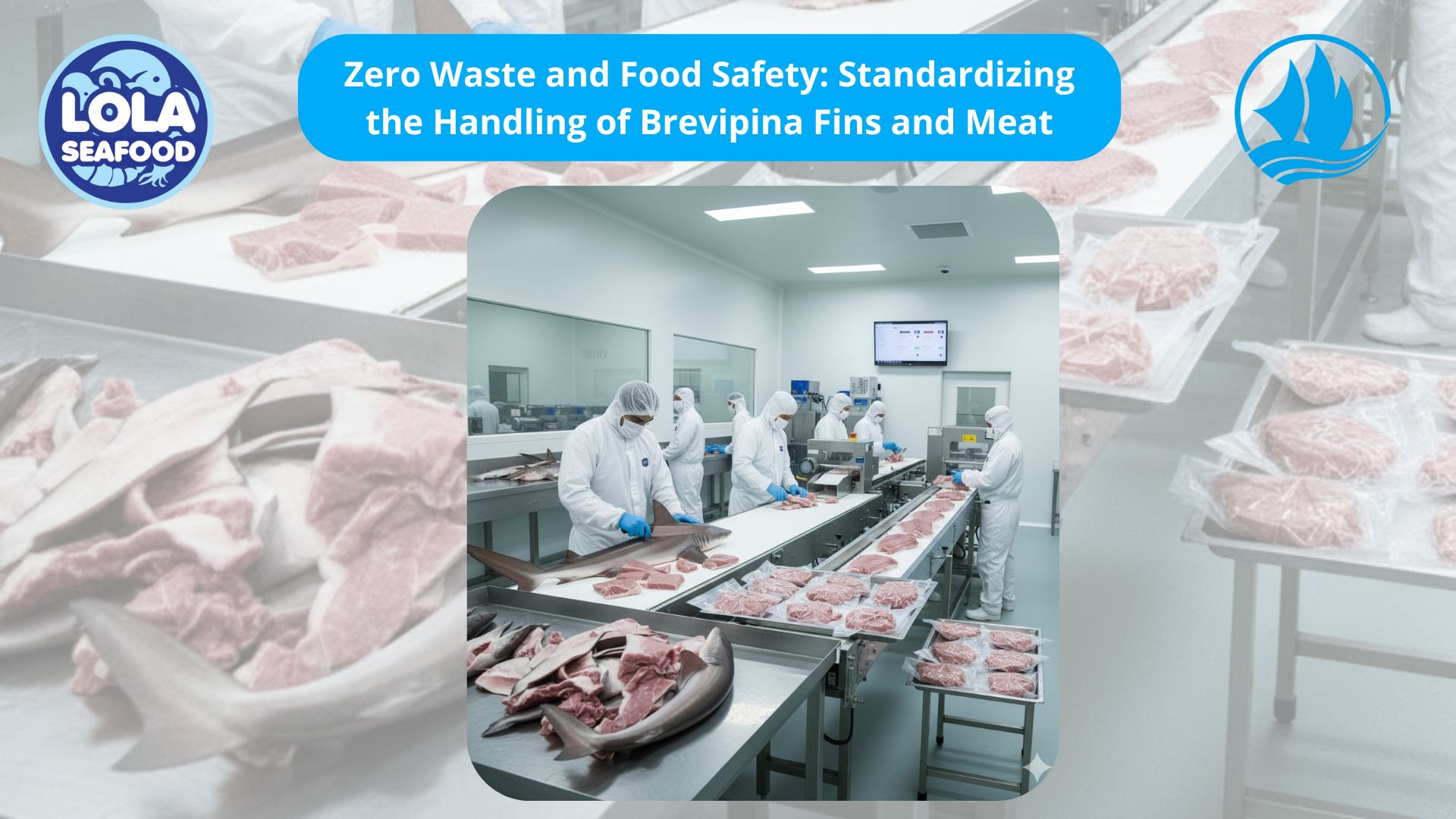
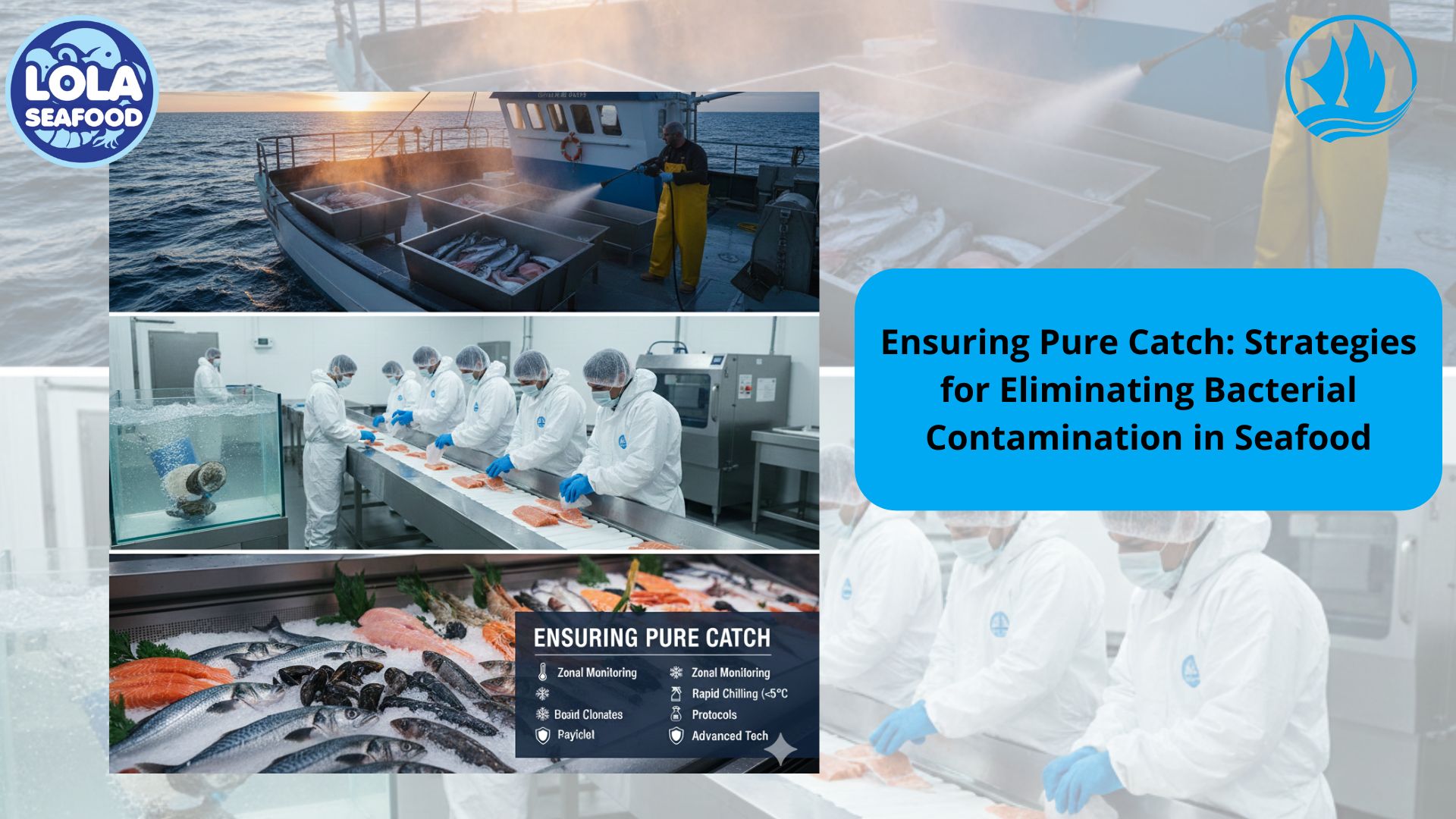
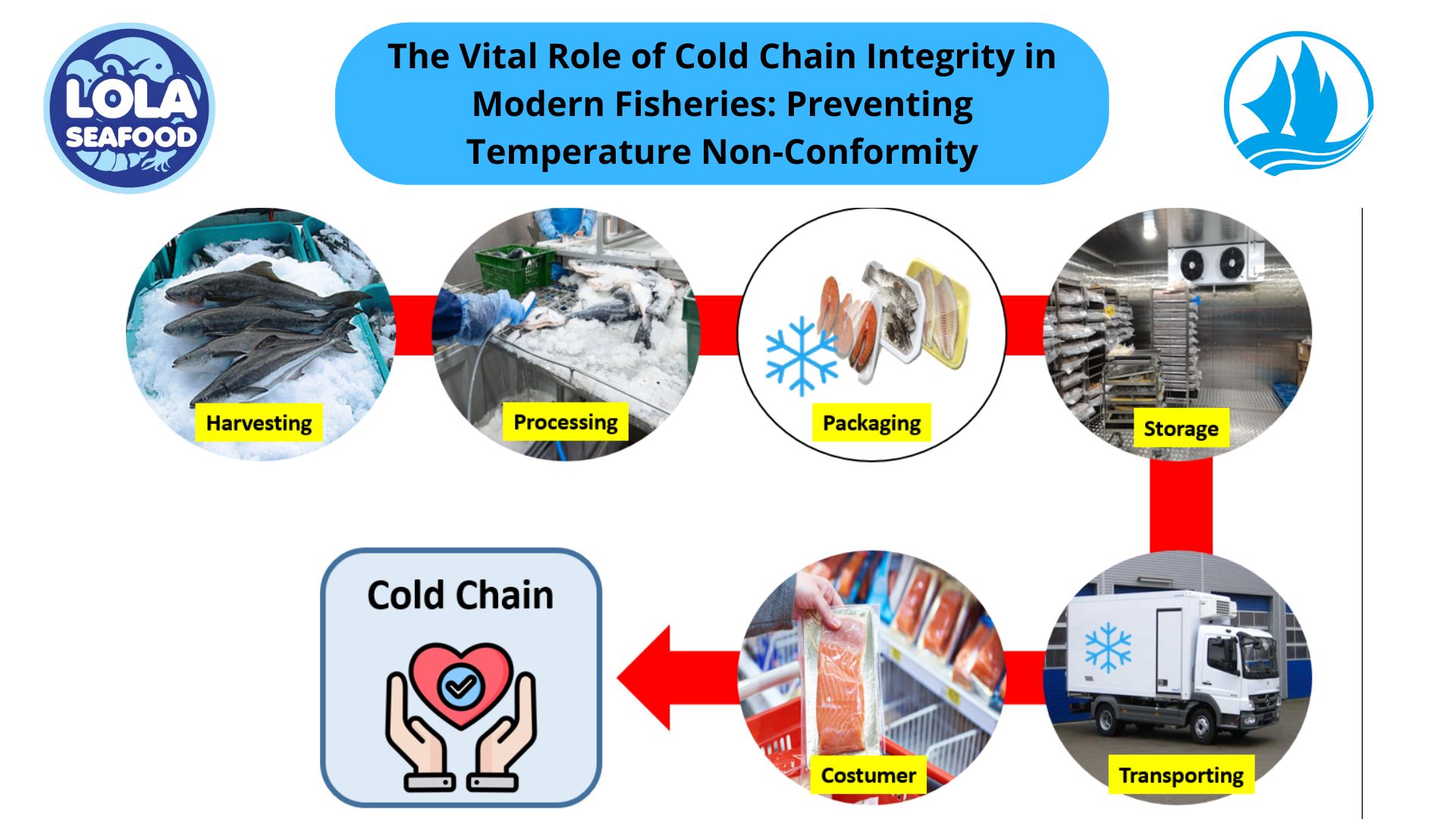
.jpg)
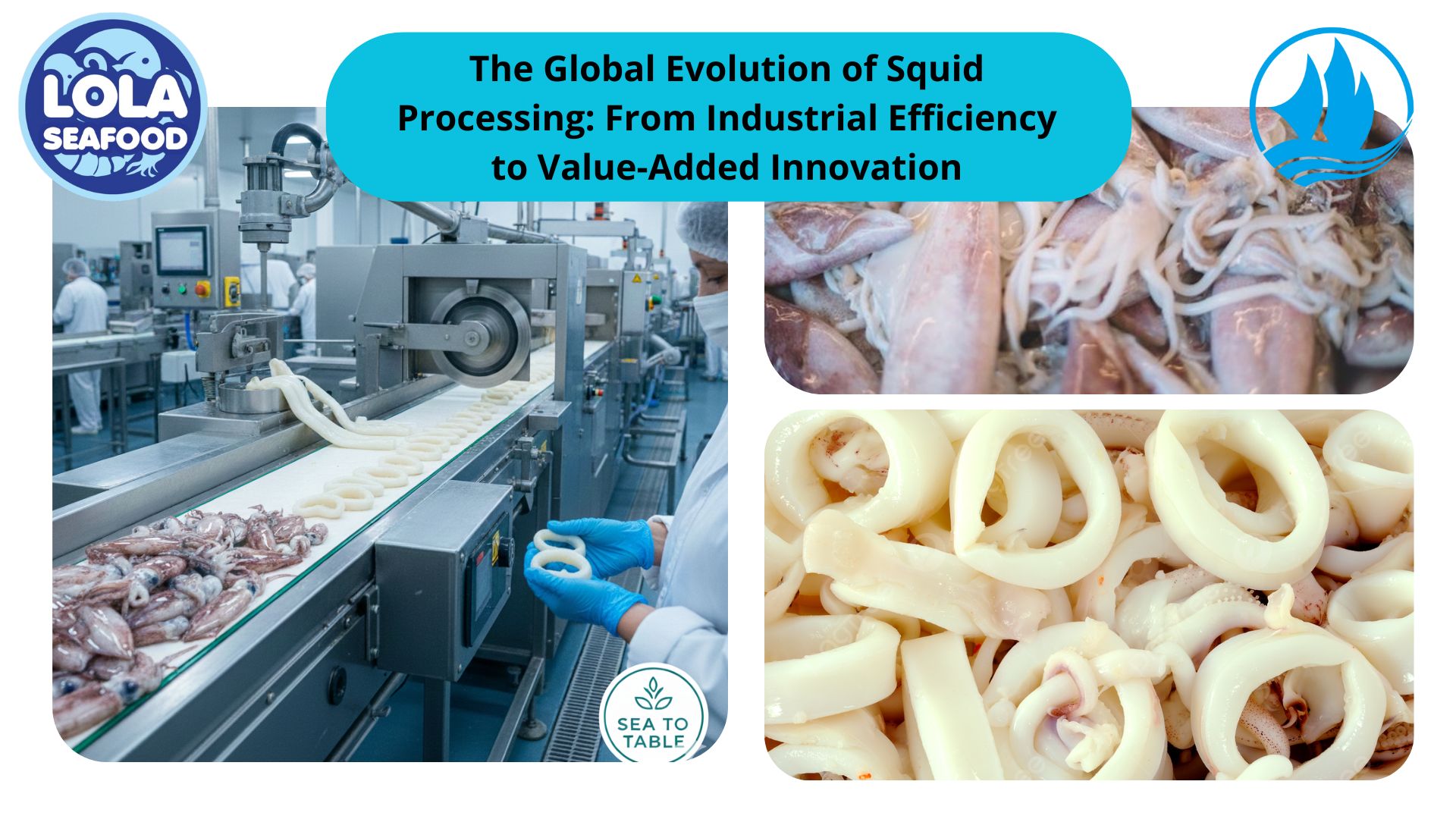
 and Employee Productivity on the Demersal Fish Processing Floor.jpg)
